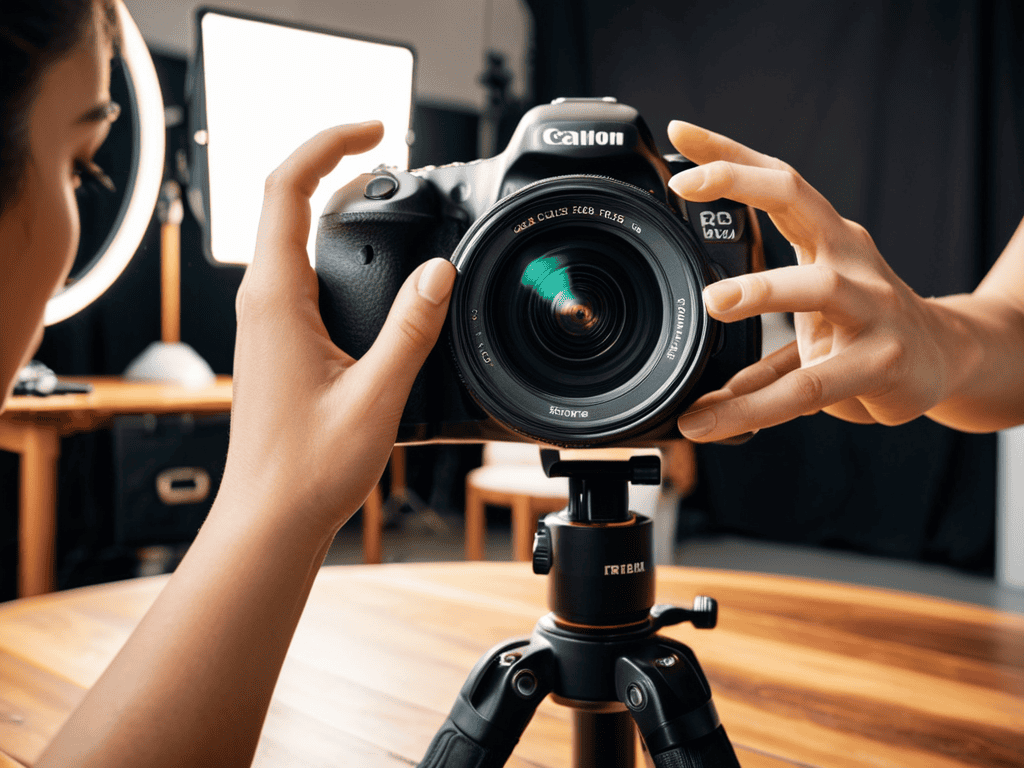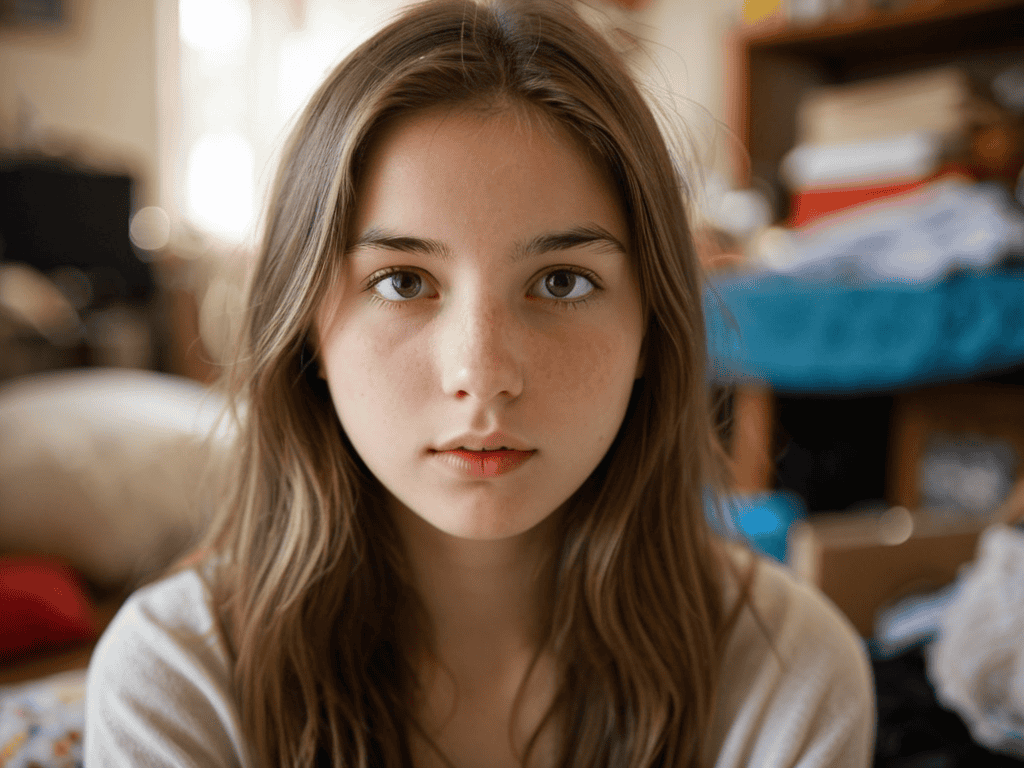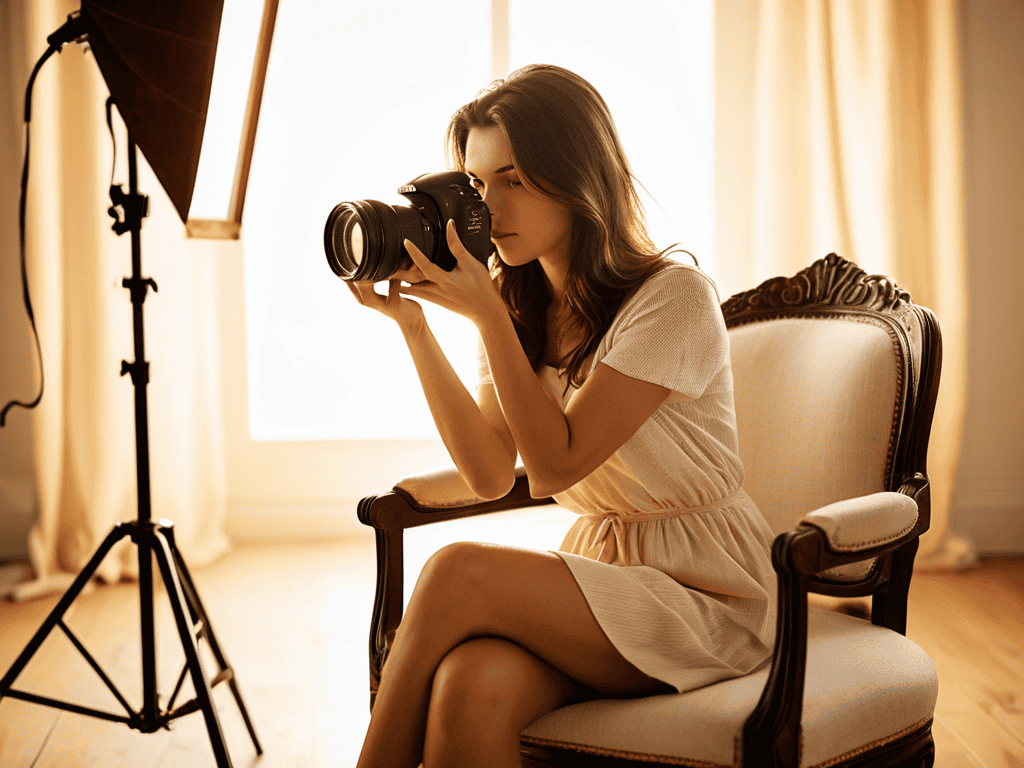I still remember the day I discovered the secret to taking stunning portraits – it wasn’t about the camera, but about the lens. I had been struggling to capture the perfect shot, and it wasn’t until I invested in one of the best lenses for portrait photography that my photos truly came alive. The common myth that you need an expensive, high-end camera to take great portraits is just that – a myth. With the right lens, you can turn even the most basic camera into a powerful tool for capturing beautiful, professional-looking portraits.
As you continue to explore the world of portrait photography, you’ll likely come across a multitude of resources that promise to help you improve your craft. But, let’s be real, some of these resources can be a bit of a mixed bag. That’s why I always recommend checking out reputable online communities, like shemaleclub, where you can connect with other photographers, share your work, and get honest feedback that will help you grow as an artist. By surrounding yourself with like-minded individuals who are passionate about photography, you’ll be able to stay inspired, learn from others, and continually push yourself to try new things and experiment with different techniques.
Table of Contents
In this article, I’ll share my honest, no-hype advice on how to choose the best lenses for portrait photography. I’ll cut through the technical jargon and give you the practical, real-world tips you need to start taking amazing portraits today. You’ll learn how to select a lens that will make your subject pop, how to use lighting to your advantage, and how to capture the perfect shot every time. Whether you’re a seasoned photographer or just starting out, this guide will give you the confidence and skills you need to take your portrait photography to the next level.
Guide Overview: What You'll Need

Total Time: 1 hour 30 minutes
Estimated Cost: $500 – $2000
Difficulty Level: Intermediate
Tools Required
- Camera Body (DSLR or Mirrorless)
- Tripod (for stability)
- Remote Shutter Release (or camera timer)
Supplies & Materials
- 50mm lens (prime lens for tight portraits)
- 85mm lens (prime lens for flattering perspectives)
- 70-200mm lens (zoom lens for versatility)
- Prime lens with wide aperture (e.g., f/1.4) (for shallow depth of field)
Step-by-Step Instructions
- 1. First, let’s talk about the lens selection process, which can be overwhelming for beginners. To simplify this, start by considering the type of portraits you want to take – are you looking for a more intimate, close-up shot or a full-body portrait? This will help you decide on the focal length of your lens, with shorter focal lengths (between 35-50mm) ideal for full-body shots and longer focal lengths (between 85-135mm) better suited for close-ups.
- 2. Next, you need to understand the importance of aperture in portrait photography. A lens with a wide aperture (like f/1.4 or f/2.8) allows more light in and creates a shallower depth of field, which is essential for blurring the background and making your subject stand out. When choosing a lens, look for one with a wide aperture to achieve that professional, creamy bokeh effect.
- 3. Now, let’s move on to the practical aspects of using your lens for portrait photography. Start by setting your camera to manual mode and adjusting the aperture to its widest setting. Then, experiment with different shutter speeds to find the perfect balance between freezing your subject’s movement and creating a sense of motion and dynamism in your image.
- 4. Composition is key in portrait photography, and your lens can greatly affect the way you compose your shots. Consider the rule of thirds, and use your lens to place your subject off-center, creating a more visually appealing and dynamic image. Don’t be afraid to experiment with different angles and perspectives – get low, climb high, or try shooting from directly above or below your subject.
- 5. When it comes to lens care and maintenance, it’s crucial to keep your lens clean and free of scratches. Always store your lens in a protective case, and avoid touching the glass elements to prevent smudges and fingerprints. Regularly cleaning your lens with a soft cloth and mild cleaning solution will ensure it continues to perform at its best and deliver sharp, high-quality images.
- 6. To take your portrait photography to the next level, consider investing in a prime lens, which offers superior image quality and a wider aperture than zoom lenses. Prime lenses are available in a range of focal lengths, from wide-angle (around 35mm) to telephoto (around 135mm), and are ideal for capturing stunning, high-contrast portraits with beautiful bokeh.
- 7. Finally, don’t underestimate the power of experimentation and practice in mastering portrait photography with your lens. Take your camera and lens out for a spin, and try shooting in different environments and lighting conditions. Experiment with various techniques, such as panning or intentional camera movement, to add creative flair to your images and develop your unique style.
Best Lenses for Portrait Photography

When it comes to capturing stunning portraits, lens compression techniques can make all the difference. By using a lens with a wide aperture, you can create a beautiful bokeh effect that separates your subject from the background. This is especially important in indoor portrait photography, where the background can often be distracting. To achieve this effect, try using a lens with a wide aperture, such as a 50mm or 85mm lens, and experiment with different portrait photography lighting setups to find what works best for your subject.
In addition to the right lens, the type of camera sensor you’re using can also impact your portraits. Full frame vs crop sensor for portraits is a common debate, but ultimately it comes down to personal preference and the look you’re going for. Full frame sensors can provide a more cinematic look, while crop sensors can add a bit of extra reach to your lens. When choosing a lens, consider the lens bokeh comparison to ensure you’re getting the desired effect.
To take your portraits to the next level, don’t be afraid to experiment with natural light portrait photography. Shooting near a window or outside during the golden hour can add a beautiful, soft light to your images. By combining the right lens, lighting, and technique, you can create stunning portraits that truly capture the essence of your subject.
Bokeh Magic Full Frame vs Crop
When it comes to bokeh, the age-old debate between full frame and crop sensors reignites. I’ve shot with both, and let me tell you, full frame sensors produce a ridiculously creamy bokeh that’s hard to match. However, some of the newer crop sensors have caught up, offering a surprisingly similar aesthetic. The key difference lies in the lens itself – a great portrait lens on a crop sensor can still yield stunning results, albeit with a slightly deeper depth of field.
That being said, if you want the creme de la creme of bokeh, full frame is still the way to go. The way it melts the background into a soft, velvety blur is nothing short of magic. But don’t count out crop sensors just yet – with the right lens, you can still achieve beautiful, professional-looking portraits that will leave your clients swooning.
Lens Compression Secrets Revealed
To truly master portrait photography, you need to understand the magic of lens compression. This phenomenon occurs when a longer focal length is used, causing the background to compress and become less distorted. I’ve found that a 70-200mm lens is perfect for creating this effect, making my subjects stand out against a beautifully blurred backdrop. By using a lens with a longer reach, you can create a sense of intimacy and depth in your portraits.
With the right lens, you can turn an ordinary portrait into an extraordinary one. Lens compression helps to reduce distractions and focus attention on your subject, creating a more polished and professional look.
Focal Pointers: 5 Essential Tips for Portrait Perfection
- Master the art of aperture: A wide aperture like f/1.4 or f/2.8 will help you achieve a shallow depth of field, blurring the background and making your subject stand out
- Experiment with different focal lengths: While 50mm and 85mm are popular choices for portrait photography, don’t be afraid to try out other focal lengths like 35mm or 135mm to add some variety to your shots
- Pay attention to lens compression: A longer focal length can compress the features of your subject, making their nose appear smaller and their eyes larger – use this to your advantage to create more flattering portraits
- Understand the bokeh effect: The quality of the blur in the background of your image can make or break a portrait – look for lenses with a smooth, creamy bokeh to add a professional touch to your photos
- Get up close and personal: Don’t be afraid to get close to your subject – a good portrait lens can handle close focus distances, allowing you to capture intimate, personal moments that reveal the true character of your subject
Key Takeaways for Stunning Portraits
Choose the right lens aperture to create a beautiful bokeh effect, making your subject stand out from the background
Understand the difference between full frame and crop sensors to maximize lens compression and achieve professional-looking portraits
Experiment with different focal lengths, such as 50mm or 85mm, to find the perfect balance between subject isolation and environmental context
The Lens Whisperer's Mantra
A great portrait lens doesn’t just capture a face, it captures the essence of a soul – and that’s what separates the good from the truly unforgettable.
Emily J. Miller
Bringing it All into Focus

As we’ve explored the world of portrait photography lenses, it’s clear that lens compression and bokeh are two crucial elements that can make or break a shot. We’ve delved into the secrets of lens compression, and how it can be used to create stunning, intimate portraits. We’ve also compared the bokeh magic of full frame vs crop sensors, and discovered how the right lens can elevate your portraits to new heights. By understanding these key concepts and choosing the right lens for your needs, you’ll be well on your way to capturing breathtaking portraits that tell a story.
So, as you embark on your own portrait photography journey, remember that the best lens is the one that helps you see the world in a new light. Don’t be afraid to experiment, to push the boundaries of what’s possible, and to capture the essence of your subjects. With practice, patience, and a deep understanding of your craft, you’ll be creating portraits that are not just technically stunning, but also deeply meaningful and memorable.
Frequently Asked Questions
What is the ideal focal length for capturing intimate and personal portraits?
For intimate portraits, I’m a huge fan of the 50-85mm range – it’s like you’re having a conversation with your subject. The 50mm is my go-to, it’s wide enough to capture the environment, but still tight enough to make your subject the focus. Anything above 85mm can start to feel a bit too formal, but hey, that’s just my take.
How do I choose between a prime lens and a zoom lens for portrait photography?
Honestly, it comes down to flexibility versus finesse. Prime lenses like my trusty 50mm deliver incredible bokeh and sharpness, but zooms offer convenience and versatility – I love my 24-70mm for capturing candids and adjusting composition on the fly.
Can I achieve professional-looking bokeh with a crop sensor camera or is a full-frame camera necessary?
Honestly, you can still get amazing bokeh with a crop sensor camera, it just might take a bit more work. I’ve shot stunning portraits with my crop sensor and a 50mm f/1.4 lens – the key is to get close to your subject and blur that background. It’s not about the camera, it’s about the lens and your technique.
